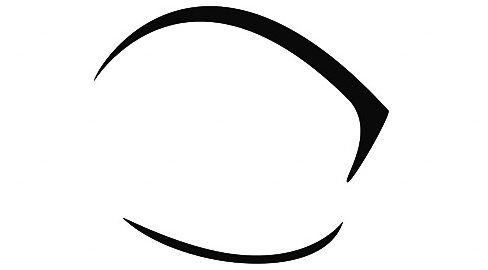Varying degrees of difficulty
Imagine a gymnast nails her floor routine. She performs it beautifully and without so much as a single bobble as she sticks her landing. She wears tape on her left ankle because of an injury suffered at the end of the uneven bars, but it holds, fulfilling its purpose.
But her routine is less risky, or in gymnastics terms, has “a lower degree of difficulty.” The audience rewards her with loud and appreciative applause, especially in light of her injury, but many recognize it as a routine that could have been performed as perfectly by any one of several outstanding gymnasts at the meet.
Minutes later, another gymnast performs a more difficult routine almost as flawlessly, soaring high in risky, arching twists and spins, some of which are rarely attempted in competition. Early in her routine, she bobbles noticeably, bending over and touching the mat with her hands to prevent a fall.
But she finishes strong, her last breathtaking run containing not one, but two standout moves that no one thought possible near the end of a difficult and exhausting routine. She sticks her landing, stands erect, back arched, holding her head and hands high. She is bathed in a shower of loud and appreciative applause from an audience that recognizes they have witnessed a rare and special performance.
The judges confer. They make subjective decisions, some clearer and easier than others. They apply what objective standards do exist. They crunch numbers.
Gymnast One is awarded an excellent score, but not as high as she might have been if she had attempted a more difficult routine. Gymnast Two receives the mandatory penalty for her early bobble but ultimately receives a higher score because of her strong finish and larger risk.
Here we make an assumption, choosing to believe the best about the judges rather than the worst–a good position for most purposes and situations unless there is a body of evidence to the contrary.
So, we take it as a given that each gymnast’s entire routine—not just bits and pieces—has been evaluated by an imperfect system carried out by judges who have tried to apply all its rules in good faith and with as much fairness as possible.
Gymnast Two wins by fractions of a point.
Both gymnasts are world class and “deserving” champions. On a different day, with a different set of judges, it’s very possible the results might have been reversed, especially if the varying degrees of difficulty had been more similar.
But on this day, at this competition, with these two perfomances, and this set of judges, the result is the last word—as far as the competition’s official outcome, that is.
Other words fly aplenty. There are outcries and several news cycles of controversy. Pundits and partisans both great and small—some qualified and some not so much–grab their pocket-sized “production studios” and computer “cannons” to fire off their various official statements and “hot takes.”
Wails of anger and grief fill the air. Many tears are shed, and understandably so. Supporters of both gymnasts feel the impact of the contest with varying degrees of joy and difficulty.
As the heat of the moment subsides and the temperature begins to fall, some supporters of each gymnast attempt to understand the other’s position and even empathize. These connections and conversations take place, for the most part, “off-air” and “offline.”
In short order, life moves on. Both gymnasts, their coaches–even the pundits and partisans–put the past behind them and start focusing and preparing for the next big meet.
A couple of enduring truths are left standing: One, “There is nothing new under the sun,” and two, nothing is perfect—not even analogies.
